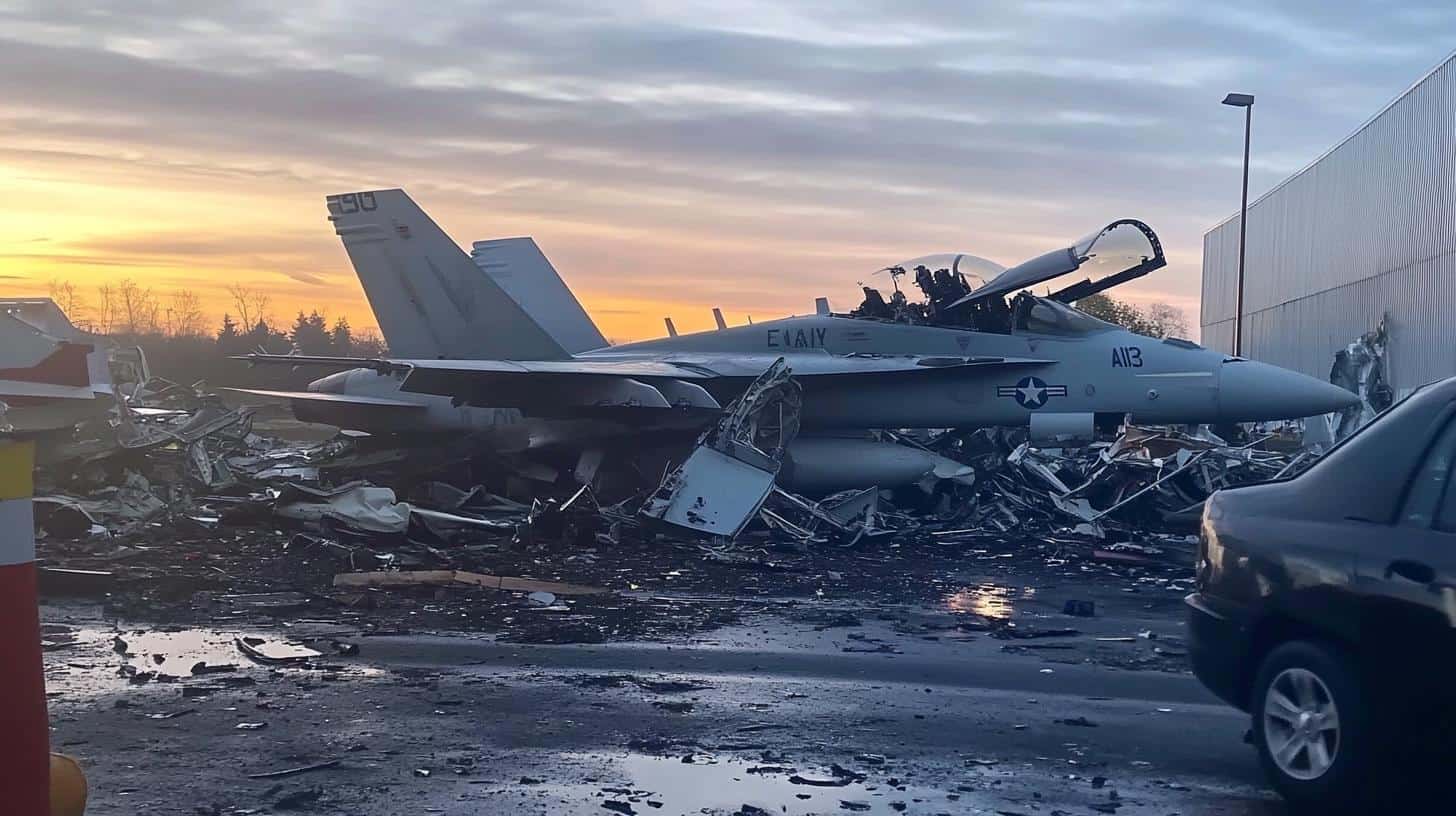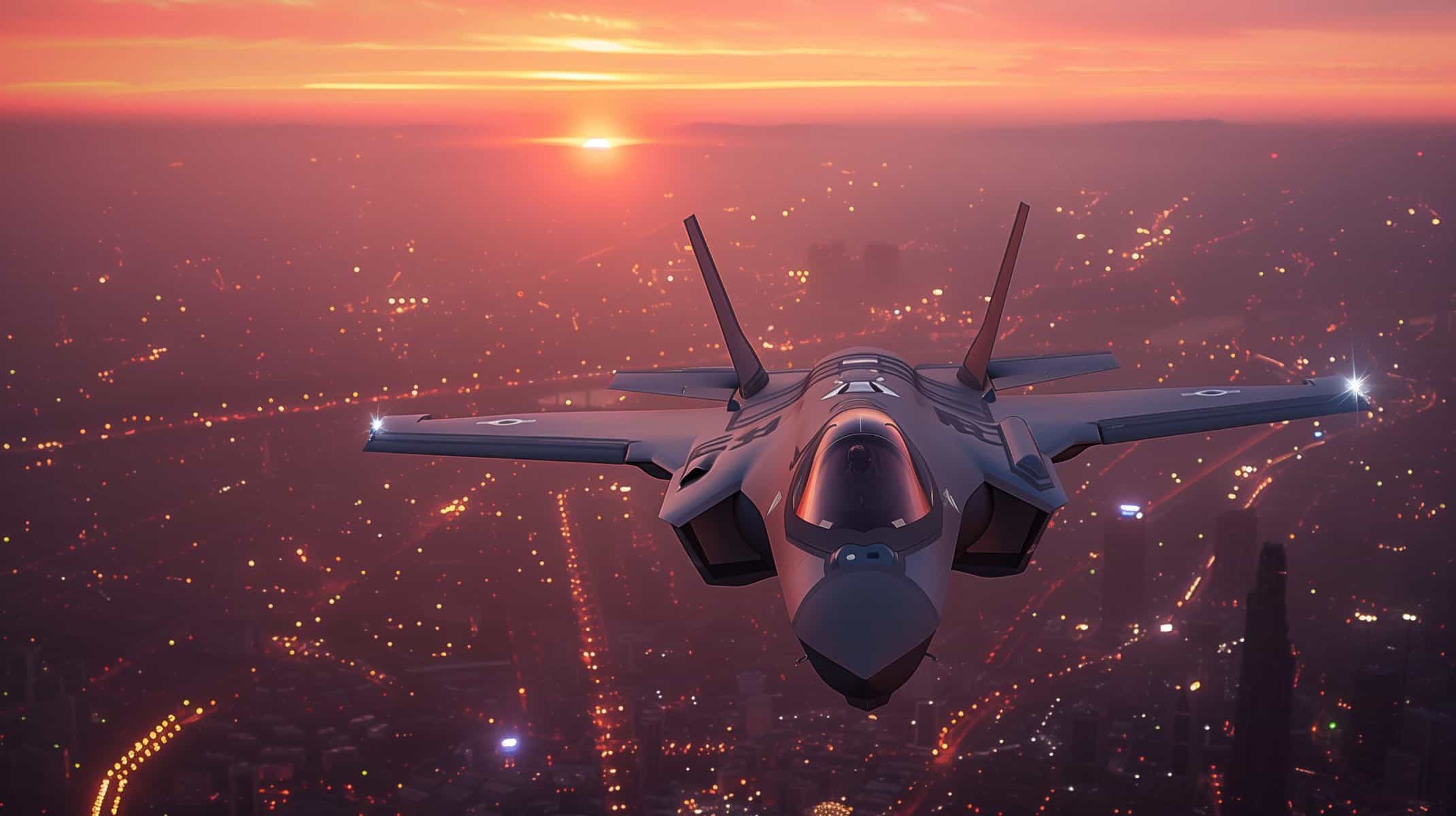- A dramatic encounter in the South China Sea highlights ongoing regional tensions, involving a close call between a Chinese fighter jet and an Australian surveillance aircraft.
- The Chinese Shenyang J-16 fighter jet’s flares passed dangerously close to an Australian Poseidon plane on a routine patrol, leading to accusations of risky military behavior from Canberra.
- China accused Australia of airspace intrusion over the disputed Paracel (Xisha) Islands, asserting its actions were defensive and asserting territorial claims.
- Australia advocates for adherence to international law and freedom of navigation, calling for restraint and cooler diplomatic exchanges.
- Recurring tensions and past confrontations underscore the high-stakes environment in the contested South China Sea, necessitating safe and professional military conduct.
In the vast, turbulent expanse of the South China Sea, a dramatic aerial encounter has thrown a spotlight on the delicate balance of power in the region. Blazing flares from a Chinese fighter jet cut through the sky perilously close to an Australian Poseidon surveillance plane, a maneuver that Canberra decried as dangerous military bravado.
Navigating the contested skies, the Australian aircraft embarked on a routine patrol that swiftly turned tense as the Shenyang J-16 fighter closed in. The sky became a stage for high-stakes drama as the flares passed within a mere 100 feet of the surveillance plane, risking more than just diplomatic infractions.
China, unyielding in its territorial claims, swiftly accused Australia of intruding into airspace above the disputed Paracel Islands, known to Beijing as the Xisha Islands. The Chinese government stood firm, asserting its actions as a rightful defense of national security. Meanwhile, Australia, emphasizing the importance of international law and freedom of navigation, has urged for cooler heads and safer skies.
This incident unfurls against a backdrop of recurring tensions. It’s a reminder of past confrontations where Chinese jets intercepted Australian military aircraft, escalating nerves and testing resolve. Each altercation underscores the complex dance of diplomacy and defense in these contested waters.
As the Australian navy shadows Chinese warships near its maritime approaches, the stakes grow ever higher. The skies of the South China Sea, it seems, are as contested as its waters, with every maneuver watched, every escalation noted.
The real message between the flares and the diplomatic exchanges is clear: respect and restraint are more crucial than ever in a world where a single spark can ignite profound consequences. The call for safe and professional conduct in these high-stakes skies is not just a plea—it’s a necessity.
South China Sea Drama: What It Means for Global Security and How You Can Stay Informed
How-To: Navigating Complex International Incidents
Understanding international confrontations, like the aerial encounter between a Chinese fighter jet and an Australian surveillance plane, requires a grasp of geopolitical dynamics. Here’s a brief primer on how to stay informed:
1. Follow Reputable News Sources: Engage with established international news outlets like BBC, The Guardian, and Reuters for the latest updates.
2. Leverage Government Reports: Government departments such as Australia’s Department of Defence and China’s Ministry of Foreign Affairs often release official statements.
3. Consider Expert Analyses: Seek insights from geopolitical analysts and think tanks, including the Center for Strategic and International Studies (CSIS).
4. Stay Updated with Maps and Data: Tools like MarineTraffic and FlightRadar24 provide real-time ship and aircraft movement data.
Real-World Use Cases: Why Airspace Incidents in the South China Sea Matter
The incident is part of broader international issues, influencing:
– Diplomatic Relations: Such encounters can strain or test diplomatic ties, impacting trade and cooperation.
– Military Strategies: Nations may adjust their defense postures, leading to increased military expenditure.
– Global Markets: Investor confidence can waver with rising geopolitical risks, affecting global markets.
Industry Trends: The Future of Aerial Defense
As these aerial incidents grow more frequent, we see several industry trends:
– Investment in Advanced Military Technology: Nations are prioritizing stealth and countermeasures in aircraft design.
– Increased Surveillance Efforts: The need for constant monitoring in contentious regions prompts significant investment in surveillance technology.
– Drone Utilization: There is a growing trend towards the use of unmanned aerial vehicles (UAVs) to mitigate risk to personnel.
Controversies & Limitations of Current International Protocols
Current protocols governing international airspace and disputed territories have limitations:
– Lack of Clear Jurisdiction: Disputed territories like the Paracel/Xisha Islands highlight jurisdictional challenges.
– Ambiguous Rules of Engagement: Differences in military engagement protocols can lead to misunderstandings.
Security & Sustainability: Maintaining Global Stability
Maintaining peace in regions like the South China Sea involves:
– Multilateral Agreements: Strengthening pacts such as the ASEAN Code of Conduct.
– Regular Diplomatic Dialogues: Encouraging ongoing talks and negotiations to ease tensions.
Conclusions and Tips
For individuals and businesses concerned about such geopolitical conflicts, consider the following:
– Diversify Investments: Reduce exposure to regions with heightened political risk.
– Stay Informed and Adaptive: Maintain situational awareness through reliable sources.
– Engage with Experts: Seek out policy experts to understand potential impacts on specific industries.
In a world where international avenues seem increasingly fraught with tension, a proactive and informed approach is essential. Keep abreast of developments via trusted websites like BBC and The Guardian. Understanding these dynamics will better prepare you to navigate the complexities of global geopolitical shifts.

















